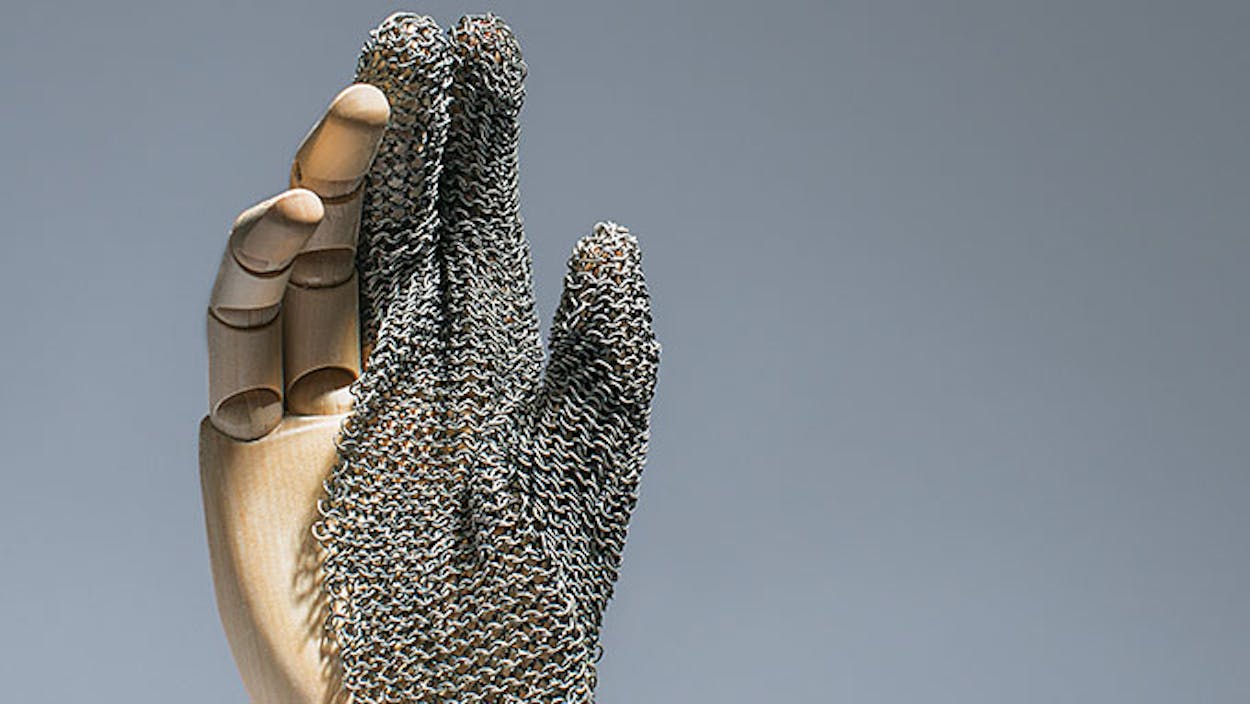In February 1540 an expedition of 350 Spaniards and 1,300 Mexican Indian allies set out from Compostela, on the Pacific coast of Mexico, to explore the unknown lands that lay north of New Spain. Their leader was Francisco Vásquez de Coronado, the governor of Nueva Galicia. In addition to six hundred packhorses and mules, they brought a herd of five hundred cattle and a flock of five thousand sheep. Over the next two and a half years, they traveled four thousand miles across northern Mexico and parts of the present states of Arizona, New Mexico, Texas, Oklahoma, and Kansas.
The events that set this mass of men, women, and animals in motion had started four years earlier, when Álvar Núñez Cabeza de Vaca and three companions arrived in the capital city with an astonishing tale: they were the only survivors of a shipwreck, in the vicinity of what is now Galveston Bay, and had wandered for eight years across the unknown country between there and New Spain, crossing coastal marshes, wide prairies, and a high, rocky desert. During their journey they heard stories of a populous country north of the desert where people lived in multistoried houses, wore cotton shirts, mined turquoise, and worked precious metals, a country that offered the same possibilities for conquest that Mexico City had twenty years earlier.
The viceroy of Mexico, Antonio de Mendoza, sent a Franciscan friar, Marcos de Niza, to reconnoiter the area. Fray Marcos returned with an even more enticing report. He said that the new country was known as Cíbola and that it consisted of seven cities, the southernmost of which he declared was “grander than the city of Mexico.” Mendoza promptly commissioned Coronado to lead a full-fledged, armed expedition to explore and, if feasible, settle the tierra nueva. The people who joined Coronado’s expedition did not necessarily hope to find immediate riches in the form of gold and silver in the new land; rather, they went, in the words of historian Richard Flint, “to secure for themselves and their dependents lives of ease and honor” by conquering a populous and wealthy region whose inhabitants would pay them an annual tribute. Judged by these goals, the expedition was a dismal failure.
By the summer of 1540, Coronado and his men arrived at the Zuni towns in the present state of Arizona that Fray Marcos had called Cíbola. They occupied the pueblo of Hawikku, despite the spirited resistance of its inhabitants, about forty of whom were killed in the fighting. From there, Coronado sent out exploring parties to both the east and the west. The party that went east found pueblos along the Rio Grande near present-day Albuquerque, a region the Spanish called Tiguex. In September Coronado moved the expedition there for the winter, destroying several villages and killing around four hundred of the local Indians in the process.
While occupying the Tiguex pueblos, the Spaniards encountered a Plains Indian they called El Turco, who told them about his native land, which he called Quivara. He said it was across the plains to the northeast and contained many cities and much gold. Soon after, Coronado decided to abandon Tiguex and move the expedition to Quivara. After crossing the Pecos River and traveling over the plains for thirty days, the expedition came to a great barranca, or canyon. Coronado had reached the eastern edge of the Caprock Canyons, in the Texas Panhandle, a place now called Blanco Canyon. He found a group of friendly Plains Indians camped there, buffalo hunters who spoke the same language as El Turco. Coronado decided to make his camp in the barranca near these Indians. It was June 26, 1541, the Feast of the Ascension.
That afternoon a summer thunderstorm rolled across the plains. Hailstones “as large as small bowls, and larger and as dense as rain,” according to one of the expedition’s chroniclers, fell violently on the camp. Tents were ripped open, pottery and gourd containers were smashed, and the horses stampeded. One of Coronado’s men-at-arms, who was approaching the canyon when the storm hit, dropped a chain mail gauntlet, a type of armored glove.
Four hundred years later, in the 1950’s, a Floyd County farmer named Burl Daniels spotted the gauntlet in a freshly turned furrow while doing his spring plowing. Daniels put it with the collection of Indian artifacts he had picked up in the canyon. (He once told a reporter that the reason his crop rows were so crooked was because “it’s hard to make straight rows and watch for arrowheads at the same time.”) In 1966 Daniels sent the glove to the Texas Memorial Museum, in Austin, to see if he could learn more about it. The director of the museum, W. W. Newcomb Jr., wrote back telling him that it was a type of gauntlet that was used in Spain, France, and Italy from the mid-sixteenth century to the early-seventeenth century. In 1991 the Floyd County Historical Museum, in Floydada, purchased the gauntlet from Daniels, and it can be seen there today. It has only three fingers because it was designed to protect the exposed fingers of a swordsman, whose other two fingers would be protected by his sword’s hilt guard.
The Coronado expedition continued northward from Blanco Canyon to the banks of the Arkansas River in Kansas, where they found not the prosperous cities described by El Turco but several small communities of naked people living in grass huts. Disappointed once again, they eventually gave up the whole enterprise and returned to New Spain, leaving behind a trail of death and destruction, as well as this chain mail gauntlet.
Floyd County Historical Museum, 105 E. Missouri, Floydada (806-983-2415). Open Mon–Fri 1–5.







